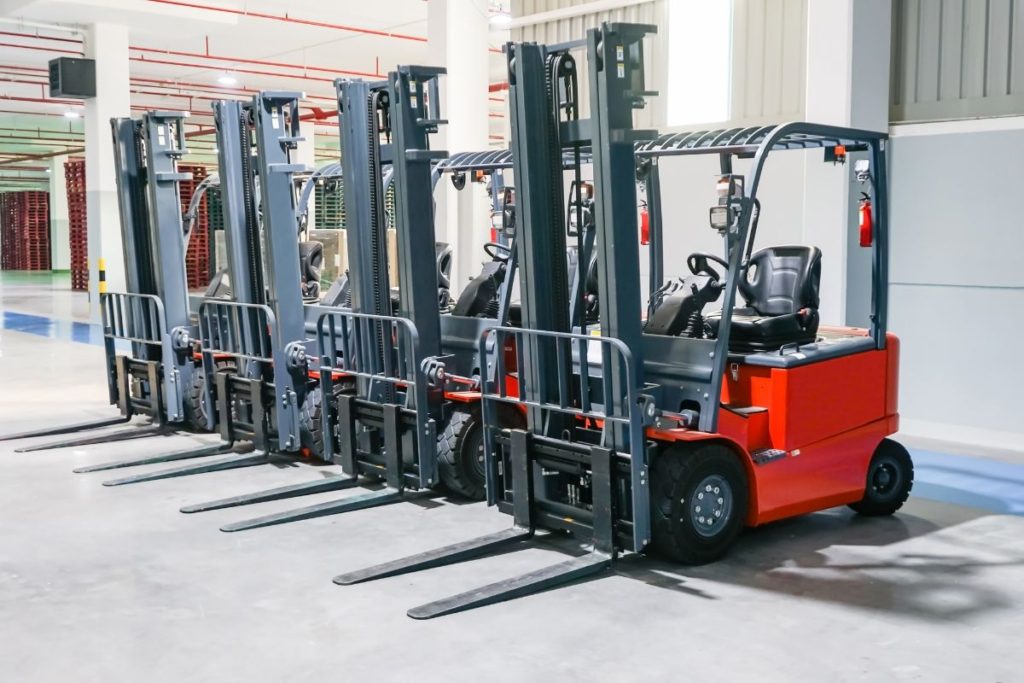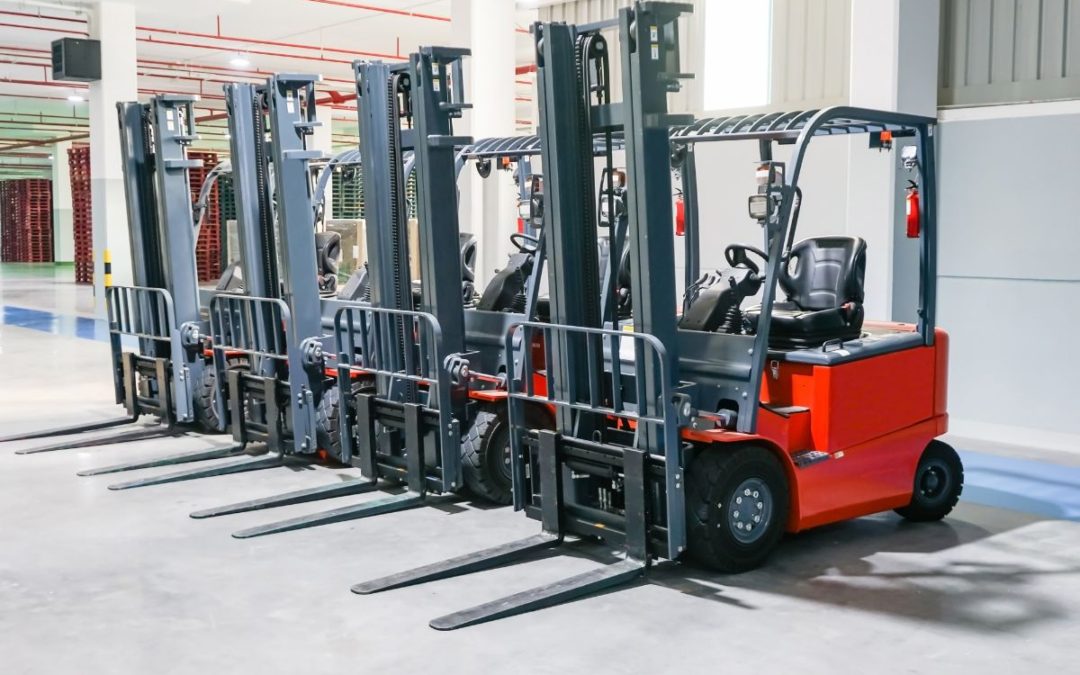Forklifts, the workhorses of warehouses and industrial settings, rely on a crucial element for their functionality – the forklift battery. In this blog, we unravel the intricacies of forklift batteries, exploring their types, maintenance essentials, and key considerations to maximize efficiency and longevity in your material handling operations.

Understanding Forklift Batteries:
Forklift batteries are essential for powering electric forklifts, providing the energy required for lifting, moving, and transporting heavy loads. There are primarily three types of forklift batteries:
- Lead-Acid: The traditional workhorse, known for its affordability and durability. However, they require regular maintenance, including water level checks, are heavier, and have shorter lifespans.
- Lithium-Ion: The modern champion, offering lighter weight, longer lifespans, faster charging, and deeper discharges, suitable for intensive operations demanding efficiency and reduced downtime. But they come at a higher initial cost.
- Gel and AGM: Designed for heavy-duty applications with frequent usage. Sealed alternatives to lead-acid, requiring less maintenance but still carrying some weight and price disadvantages compared to lithium-ion.
Top Tips for Forklift Battery Maintenance:
- Charging Routine:
- Implement a regular charging routine, ensuring the battery is charged after each shift. Top it up regularly for longevity.
- Water Level Checks:
- For lead-acid batteries, monitor and maintain proper water levels to optimize performance.
- Cooling Periods:
- Allow batteries to cool before charging to prevent overheating and extend battery life.
- Equalization Charges:
- Perform equalization charges to balance cell voltages and ensure uniform charging.
- Cleaning Terminals:
- Keep battery terminals clean and free of corrosion to maintain efficient electrical connections.
- Proper storage:
- Cool, dry areas are ideal for extended downtime.
- Safe handling:
- Avoid bumps, shocks, and over-heating to extend its lifespan
Choosing the Right Forklift Battery:
- Voltage and Compatibility:
- Match the voltage requirements specified by the forklift manufacturer.
- Forklift type and usage:
- Electric, counterbalance, reach truck? Heavy lifting or light maneuvering? Matching the battery’s capacity and discharge rate to your needs optimizes performance and minimizes costs.
- Battery Type:
- Consider the operational needs, frequency of use, and charging infrastructure when choosing between lead-acid and lithium-ion batteries.
- Cycle Life:
- Evaluate the expected cycle life to determine the battery’s overall lifespan.
- Energy Density:
- Assess the energy density to understand the battery’s capacity and its ability to handle heavy workloads.
- Maintenance Requirements:
- Consider the level of maintenance your operations can accommodate when choosing a forklift battery type.
- Operating environment:
- Hot warehouse floor? Refrigerated storage? Extreme temperatures impact battery life. Choose a temperature-tolerant option for peak performance.
- Charging infrastructure:
- Fast charging a must? Ensure your battery and charger capabilities align for seamless operation.
The performance of your forklift is directly tied to the quality and suitability of its battery. By understanding the types of forklift batteries, implementing proper maintenance practices, and choosing the right powerhouse for your specific operational needs, you ensure optimal efficiency and longevity in your material handling processes. Elevate your lifting capabilities by investing in the perfect forklift battery today.
